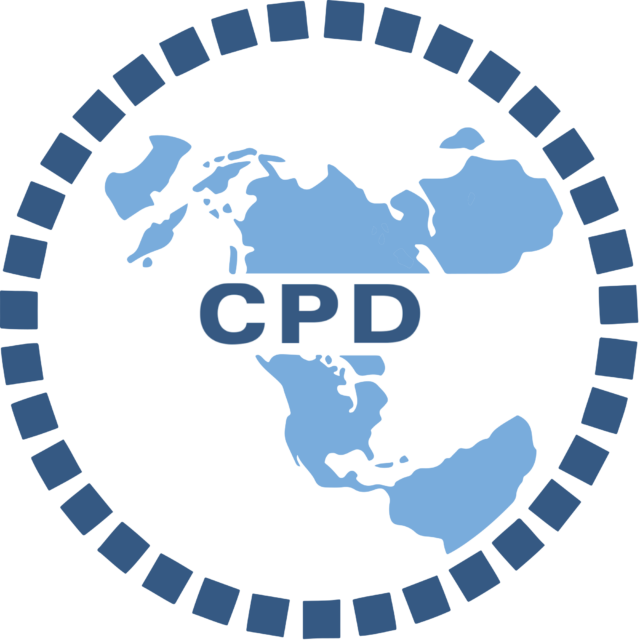Committee Overview
The Commission on Population and Development (CPD) was initially established by the Economic and Social Council (ECOSOC) in 1946. In 1994, the General Assembly renamed it the Commission on Population and Development and expanded its role. The Commission, along with the Assembly and Council, forms a “three-tiered system” that oversees and advises on implementing the Programme of Action from the International Conference on Population and Development (ICPD). The ICPD discusses issues such as population trends, integrating population and development strategies, and development policies and programs. Specifically, CPD’s work addresses issues related to aging, youth, family planning, international migration, urbanization, and sustainable development. Further, CPD supports Sustainable Development Goal 3, on good health. This helps to ensure healthy lives and promotes well-being for all ages. The CPD comprises 47 member states elected by the ECOSOC for four years based on geographic distribution.
Topic A: Youth Access to a Comprehensive Education
Education is one of the most powerful tools for helping young people build better lives and for countries to sustainably develop. Proper schooling supports health, equality, and a better future. Right now, over 263 million children around the world are not in school. This mostly affects children in poor countries, conflict zones, and communities which face discrimination. Attending school helps children gain employment, stay healthy, understand their rights, and make informed life choices. However, many factors stop young people from going to school. Some families cannot afford school fees, uniforms, or transportation. In war zones or refugee camps, schools may be destroyed or unsafe. Some girls may leave school because of early marriage or pregnancy. Boys may drop out to start work or to avoid gang violence. Youth with disabilities, Indigenous children, and LGBTQIA+ students may also be excluded because of discriminatory treatment. United Nations groups have previously worked to improve youth education. One project is called “My Body, My Life, My World,” which helps young people learn about health, rights, and making good choices. Delegates should consider ways to remove monetary barriers to attending school, help students in emergencies like war or disasters, support children no matter their gender, background, or identity, and use creative ideas, like mobile schools or online learning, to reach more young people. The goal is to make sure all youth have access to education, no matter where they live or who they are.
Topic B: Impact of Global Inequalities on Birthrates
Reproductive technology has helped many people become parents when they could not before. Methods like IVF (in vitro fertilization), egg freezing, surrogacy, and genetic testing can help people have healthy children and avoid passing on serious diseases. Not everyone has the same chance to use these services. In better-resourced countries, people often have better access to fertility clinics and tests. In other countries, these services can be too expensive. Even within the same country, people with more economic resources or a higher social status are more likely to get reproductive help. Another major issue is the global surrogacy industry. Often, women from poorer backgrounds are paid to be surrogate mothers for wealthy couples. Without adequate legal protection, these women may face unsafe medical treatment, unfair contracts, and pressure to take health risks. Delegates of the Commission on Population and Development (CPD) must consider how to make these technologies available in a fair way, how to protect women and families from being taken advantage of, and how to prevent further inequality if only certain people can use genetic testing. Reproductive technologies should be used safely and fairly, so that everyone has the chance to build a family if they choose.

